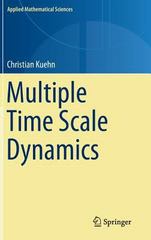Answered step by step
Verified Expert Solution
Question
1 Approved Answer
Student Portal | Main x Gcu Portal X Do Homework - Topic 3 HW X + X C & https://www.mathxl.com/Student/PlayerHomework.aspx?homeworkld=613590446&questionld=21&flushed=false&cld=6... G . . . MAT-274-0500

Step by Step Solution
There are 3 Steps involved in it
Step: 1

Get Instant Access to Expert-Tailored Solutions
See step-by-step solutions with expert insights and AI powered tools for academic success
Step: 2

Step: 3

Ace Your Homework with AI
Get the answers you need in no time with our AI-driven, step-by-step assistance
Get Started


